

Buy O-PCE
$500.00 – $29,995.00Price range: $500.00 through $29,995.00
O-PCE is a synthetic dissociative anesthetic used in research to study NMDA receptor antagonism and neuropharmacology. It is a pure, white crystalline compound.
Important Notice:
European customers should complete their purchases in USD (not CAD). After placing your order and before manual payment, the currency will be converted to Euros.
Canadian customers should use CAD, and American customers should use USD.
O-PCE (2′-Oxo-PCE)
PRODUCT DESCRIPTION
Introduction
O-PCE, also known as 2′-Oxo-PCE, is a synthetic dissociative anesthetic belonging to the arylcyclohexylamine class of compounds. It typically appears as a white to off-white crystalline solid or powder. Chemically related to deschloroketamine (DCK) and ketamine, O-PCE acts primarily as an NMDA receptor antagonist, causing dissociative and anesthetic effects. The compound is widely researched in pharmacology and toxicology for its psychoactive properties and potential risks.
Chemical Properties and Specifications
Structural and Molecular Characteristics
-
Chemical Formula: C14H19NOC14H19NO
-
Molecular Weight: 217.31 g/mol
-
CAS Number: Not definitively assigned (various identifiers may apply)
-
IUPAC Name: 2-(ethylamino)-2-phenyl-cyclohexanone
-
Synonyms: 2′-Oxo-PCE, Deschloro-N-ethyl-ketamine, N-ethyl-deschloroketamine, Eticyclidone, O-PCE
Physical Properties and Purity Standards
-
Appearance: White to off-white crystalline powder
-
Purity: Typically ≥98% pure for research-grade material
-
Solubility: Soluble in organic solvents such as ethanol and DMSO; limited water solubility
-
Storage Recommendations: Store in a cool, dry place, ideally at 2-8°C, protected from light and moisture to preserve stability
Pharmacological Profile and Mechanism of Action
Proposed Mechanism of Action
O-PCE is a potent NMDA receptor antagonist that inhibits excitatory neurotransmission by blocking the NMDA receptors in the central nervous system. This blockade leads to dissociative anesthesia, analgesia, and hallucinogenic effects. The compound alters sensory perception and cognition by modulating glutamate neurotransmission.
Research Applications
O-PCE is primarily used in neuropharmacological research to study dissociative anesthesia, NMDA receptor interactions, and psychoactive drug effects. It supports investigations into neurotoxicity, neuroprotection, and the behavioral effects of NMDA antagonists. It is also researched in forensic toxicology for identification and analysis in drug screenings.
Comparative Analysis with Related Compounds
Compare to Related Compounds
O-PCE shares chemical and pharmacological similarities with ketamine and deschloroketamine (DCK) but differs structurally in the absence of chlorine atoms, altering its potency and metabolic profile. Compared to ketamine, O-PCE has a distinct dissociative potency and duration of action. Its relation to other arylcyclohexylamines places it within a broad class of research chemicals with diverse receptor affinities.
Advantages for Research
Its relatively selective action on NMDA receptors and distinct chemical properties make O-PCE a valuable tool to differentiate dissociative anesthetic mechanisms. The compound’s stability and purity facilitate in vitro and in vivo studies, including behavioral pharmacology, receptor binding assays, and metabolism investigations.
Safety and Handling Guidelines
Laboratory Safety
Use standard personal protective equipment (PPE) including gloves, lab coats, and eye protection. Handle O-PCE in well-ventilated areas or biosafety cabinets to prevent inhalation or contact. Minimize dust formation and avoid ingestion.
Disposal and Environmental Considerations
Dispose of unused O-PCE and contaminated materials as hazardous chemical waste following local and institutional guidelines. Avoid environmental release and contamination.
Regulatory Status
O-PCE is classified as a research chemical and is not approved for medicinal use. Controlled substance regulations may apply depending on jurisdiction; handling is restricted to licensed research facilities.
Frequently Asked Questions (FAQs)
-
What is O-PCE used for in research?
It is used to study NMDA receptor antagonism, dissociative anesthesia, and related neuropharmacological effects. -
How potent is O-PCE compared to ketamine?
It is structurally related but potency and duration may differ; comparative studies are ongoing. -
How should O-PCE be stored?
Store in a cool, dry, dark place at 2-8°C in a tightly sealed container. -
Is O-PCE soluble in water?
It has limited water solubility; more soluble in organic solvents like ethanol and DMSO. -
Is handling O-PCE safe in the lab?
With proper PPE and ventilation, standard laboratory safety practices are sufficient.
Conclusion
O-PCE (2′-Oxo-PCE) is a potent dissociative anesthetic of the arylcyclohexylamine class, used mainly in research studies on NMDA receptor pharmacology and dissociative psychoactive effects. Its chemical and physical stability support its use in controlled experimental settings requiring strict safety and regulatory compliance.
| Quantity |
0.50 grams ,1 gram ,10 grams ,2 grams ,25 grams ,5 grams |
|---|
Related products

Buy 2F-DCK 100MG Pellets
$3,495.00 – $118,995.00Price range: $3,495.00 through $118,995.00
Buy 2F-DCK 50 MG Pellets
$2,195.00 – $31,495.00Price range: $2,195.00 through $31,495.00
Buy 3-Me-PCE HCl (3-Methyleticyclidine)
$3,095.00 – $47,795.00Price range: $3,095.00 through $47,795.00
Buy Chem-mist 2F-DCK spray 30%
$6,746.00 – $62,096.00Price range: $6,746.00 through $62,096.00
Buy DCK (Deschloroketamine)
$2,295.00 – $69,995.00Price range: $2,295.00 through $69,995.00






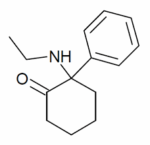
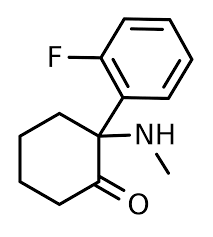
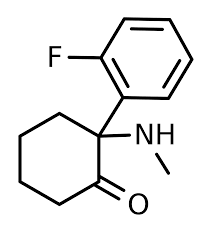

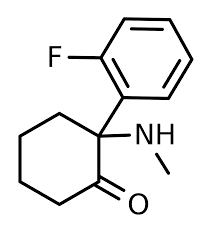
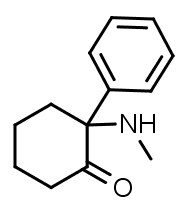

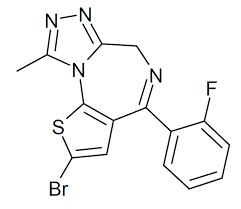
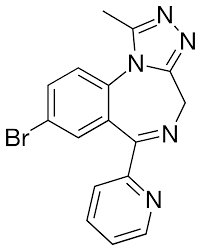
Reviews
There are no reviews yet.